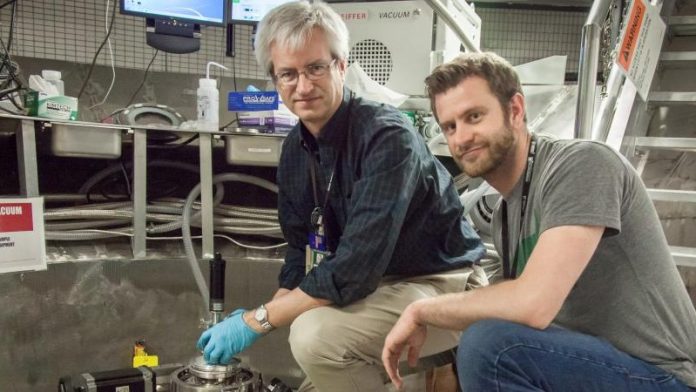Plutonium should be magnetic according to the number of protons, neutrons, and electrons in the man-made element. No examination of plutonium has demonstrated that it is magnetic or how the magnetism of the element arises until now. Marc Janoschek of the Los Alamos National Laboratory and a group of physicists from around the world are the first to show that plutonium is magnetic.
Janoschek and colleagues found the “missing” magnetism in plutonium by using neutron spectroscopy. Neutron spectroscopy can determine the magnetic properties of an element or a molecule by measuring the energy of neutrons expelled from the element of molecule when it is bombarded by heavier subatomic particles. The use of the new method resolved the controversy between theory and measurement in regard to magnetism in plutonium.
The researchers found that magnetism in plutonium was “hidden” from normal investigative techniques because the ground state of plutonium actually exists in three states. Plutonium changes state between magnetic material and material that is not magnetic so quickly that only neutron spectroscopy was able to cope with the time involved with the change in state. The study proves that plutonium is magnetic.
The discovery has much more important implications than resolving a dilemma in physics that has existed since 1940. The discovery opens the door to creating stable elements that are as yet unknown although several attempts have been made. The study also allows prediction of the mechanical and magnetic properties of high-temperature superconductors and permanent magnets to become a functional reality.















